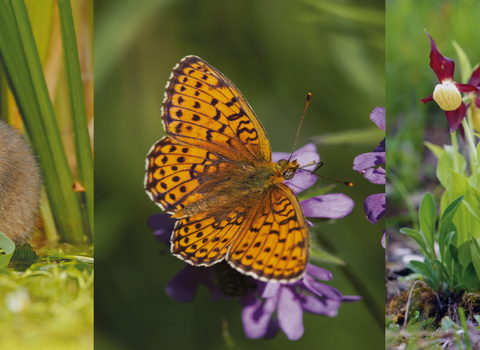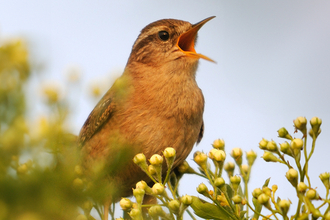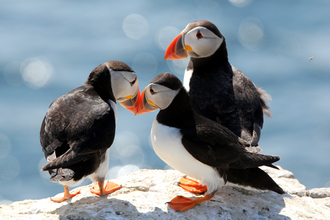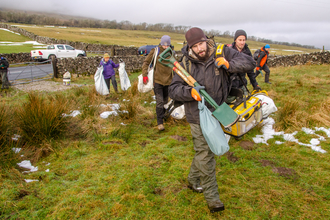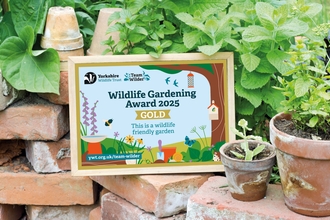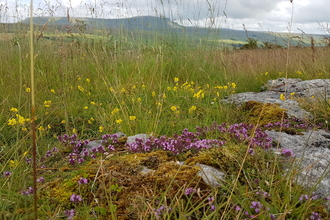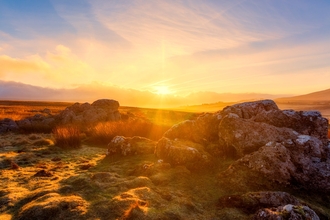A milestone for Yorkshire’s nature
The first ever region-wide State of Yorkshire’s Nature report has analysed data and information on Yorkshire’s wildlife.
It gives an accurate insight into how Yorkshire’s nature is faring – and, crucially where action is now needed to create healthier, resilient and more abundant landscapes.
We are losing the species that make Yorkshire special – including curlews and swifts – and action is needed now to restore a richer biodiversity and reverse nature's decline before it is too late.
Yorkshire is amazingly diverse, and a crucial haven for declining British wildlife like puffins, wild orchids, and tree sparrows. But action is needed now to maintain this diversity and our natural heritage.
This report is vital for anyone with a role in caring for Yorkshire’s nature – councils, landowners and policy makers – and gives us a sense of hope for nature’s future survival.
Join our widespread movement for action!
This State of Yorkshire’s Nature work was made possible by the generous gift of the Joyce Mary Mountain Will Trust.
Take action today
Join a widespread movement across Yorkshire to drive change at the pace and scale necessary for the successful recovery of nature.
Donate to our Ingleborough Appeal
Our wildlife in decline
- Nearly 2,000 species have already been lost from Yorkshire in the last 200 years - 7% of Yorkshire’s moths and nearly 1 in 20 plants - and a further 3,000 are threatened by extinction.
- Swifts, one of our best-known and best-loved birds that herald summertime, have declined by 50% in Yorkshire since 1995.
- The range of mammals such as water voles and red squirrels has declined in Yorkshire – water voles by 41% and red squirrels by 69% in the last 50 years - threatened by invasive species like grey squirrels and mink.
- Less than 20% of both protected sites and rivers in Yorkshire are in a healthy state. Of these, the Esk catchment has been the least impacted by human activity.
- Over 300 species of birds, plants and moths in Yorkshire are ‘Yorkshire Species of Conservation Concern’: species which are nationally threatened, rare and declining in Yorkshire, and extensively found in Yorkshire.
Reasons to be hopeful
- Two thirds of all British species are found in Yorkshire - between 40,000 and 45,000 different species
- 32 out of 58 different terrestrial mammal species are found here, including several species of greatest conservation concern such as red squirrels, water voles, mountain hares and hazel dormice.
- Two thirds of the regularly breeding and wintering birds in Britain can be found in Yorkshire – 194 different species. Yorkshire is home to 17% of the British swift population, 16% of the British breeding barn owl population, and 15% of the British breeding little owl and curlew populations.
- Plant species such as thistle broomrape, lady’s slipper orchid and Yorkshire sandwort are so rare that they are only found in Yorkshire - and we are working to protect them.

